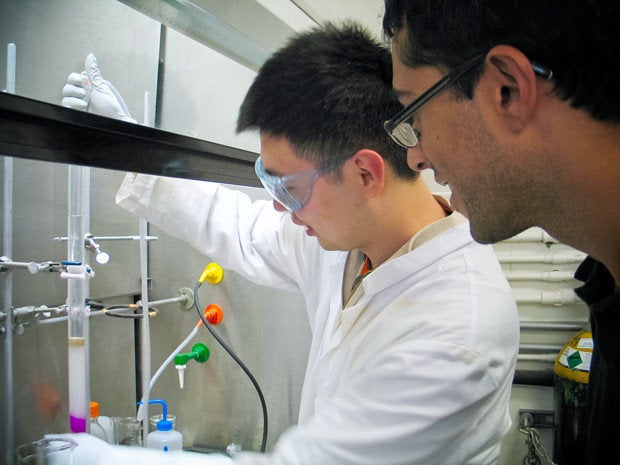
How did the early earth's "primordial soup" suddenly change into a living cell? New research published in the Journal of the American Chemical Society may have an answer. Researchers at the University of California, San Diego (UCSD) found a way to create a self-assembling cell membrane, the structural envelope that houses a cell's machinery without any living components.
“One of our long term, very ambitious goals is to try to make an artificial cell - a synthetic living unit from the bottom up - to make a living organism from non-living molecules that have never been through or touched a living organism,” Neal Devaraj, assistant professor of chemistry at UCSD, said in a written statement. “Presumably this occurred at some point in the past. Otherwise life wouldn’t exist.”
The scientists started with a watery concoction of oil and detergent. When they added copper ions, suddenly two chains of lipids (fatty compounds that repel water) joined together to form a membrane.
“We don’t understand this really fundamental step in our existence,” Devaraj said in the statement. “So this is a really ripe area to try to understand what knowledge we lack about how that transition might have occurred. That could teach us a lot – even the basic chemical, biological principles that are necessary for life.”
In 2010, biologist Craig Venter and his colleagues made news when they announced the creation of a “synthetic cell.” However, only the DNA was artificial, while the rest was borrowed from another, natural cell. To create true artificial life, both cell structures and DNA must both be created without living components.
In conjunction, the 2010 research and this latest paper remind us that real, artificial life may soon leave the realms of science fiction and exist in our own world.
